I can’t emphasize how important the ability to start a fire is in an emergency situation, whether you’re a hiker, hunter, or everyday traveler. There are a ton of different fire starters out there, but have you ever wondered just how do they stack up against one another? This was something that I wanted to explore a little more in-depth so I raided the camping section of my local Walmart to get a sample of some of the commercial fire starters that are available.
The Contenders
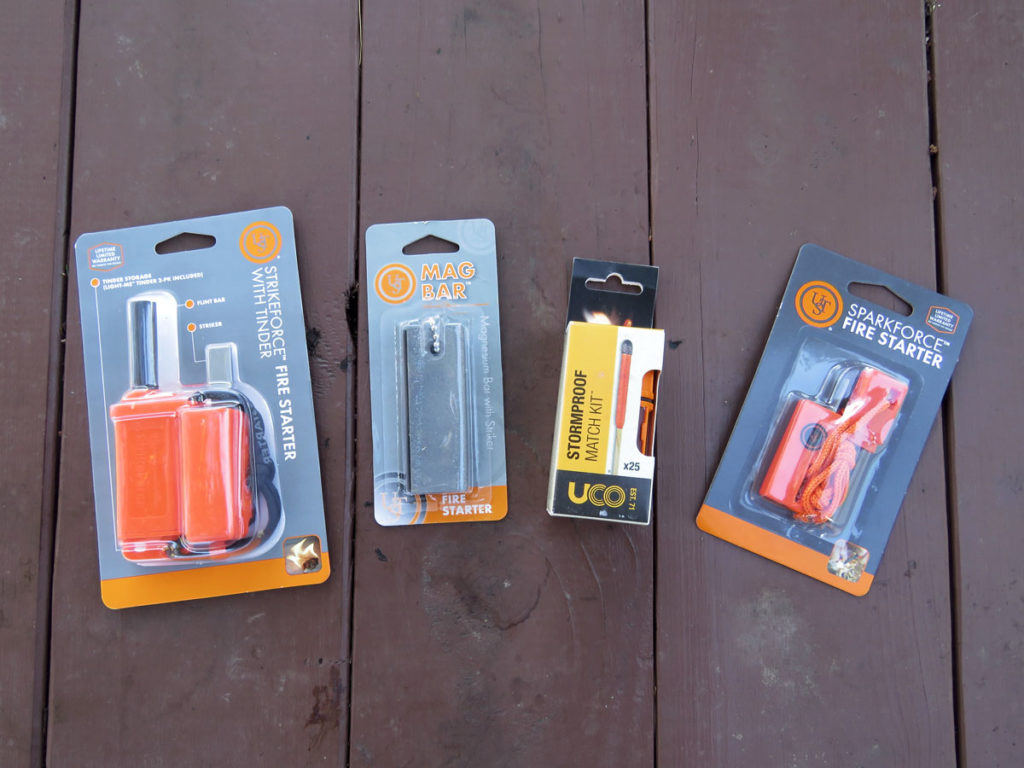
I ended up snagging a UST StrikeForce, UST MagBar, UCO Stormproof Matches, and UST SparkForce from Walmart.
These four fire starters represent a cross-section what is available in a lot of sporting goods stores and what people are using to stock their emergency kits and bug out bags. I refrained from getting any kind of special tinder cubes or windproof lighters for this comparison because I felt that the results would be a little too predictable.
UST SparkForce
The UST Spark Force is the most compact fire starter in this comparison coming in at just one ounce with a dimension of 3.1”L X .75”W X .4”D. The blaze orange polymer case is two piece and tethered with a braided nylon cord so that the Ferro rod and striker aren’t separated. It’s interesting that the striker appears to be made from a metal ruler since there are graduated lines on both sides of it. This fire starter cost $7.97.
UST MagBar
The MagBar is a magnesium fire starter that is just slightly bigger than the SparkForce at 3.1”L X 1.1”W X .4”D and weighing in at 1.8 ounces. Most of that weight is in the magnesium bar that you shave little bits of magnesium off of to act as a tinder aid to help get a fire going.
A small section of what appears to be hacksaw blade is provided to shave the magnesium off the bar and strike the embedded Ferro rod. The cost was $4.86.
UST StrikeForce
This fire starter is the largest, heaviest one in the group with dimensions of 5”L X 1.5”W X 1”D and weighing in at 3.7 ounces. It has a robust polymer case with a large diameter Ferro rod and embedded striker, with an integral compartment behind the Ferro rod to store tinder. This was also the most expensive fire starter at $12.34.
UCO Stormproof Matches
UCO matches resemble some of the legacy storm matches I’ve used in the past except they’re bigger and burn longer, up to 15 seconds according to the product information. They are also windproof and waterproof, although the version I bought at the store comes in a waterproof case that stores 25 matches. Overall size 1 3/8″ W X 3 1/8″L and a full case of 25 matches weighs about 1.7 oz. The cost for these was $4.97.
Test Parameters

To make the comparison as fair as possible each fire starter got petroleum jelly soaked cotton balls as the tinder and a pile of wood shims to be the kindling.
I felt that this would let me see the merits of each fire starter without giving an advantage to any other method. If all of them could start a fire in pretty ideal conditions then it was on to the next round where they would be dropped into a bucket of water and have to repeat the fire starting process. As you’ll see, the results proved to be…interesting.
Fire Starting 101
There are some things to keep in mind when you’re using one of these methods to help start a fire. First, when it comes to Ferro rods there are two things to remember: keep it close to the tinder and move the rod, not the striker. What I mean by that is hold the striker to the Ferro rod and then pull the Ferro rod back sharply with your other hand to create the sparks. This will mitigate the chances of you accidentally hitting your tinder and kindling with your hand, spreading it all over the place.
Believe it or not, quite a few people don’t know how to properly light a match and tend to want to hold matches with just two fingers when they go to strike it.
Instead, support the match head with your index finger while holding it with your thumb and middle finger as you run it along the striker, this will help prevent broken match heads.
The Good, The Bad, The Ugly
So how did all of these fire starters stack up? Well, I’m not going to lie, there were some downright disappointing performers in this test, unscientific as it was. The first day I tested these fire starters Mother Nature provided sunny skies but 40°F temperatures with some 15-20mph winds thrown in. Not the worst conditions you could try to start a fire in but it provided some challenge nonetheless.
First the good, the UST StrikeForce was the first one up and proved to be a reliable performer in lighting the tinder and getting a fire going. The wind and cool temps started to make my hands cold and a little numb as the evening set in so the larger size of the StrikeForce made it easier to hold. The large Ferro rod also created such a sizeable number of hot sparks that in just one or two swipes could set the cotton ball ablaze with a warm fire followed soon after.
Unsurprisingly, the UCO matches proved to be equally adept at dependably igniting the tinder, needing just one match to get a fire going in less than a minute. No muss, no fuss, just one swipe along the striker panel yielded a steady flame that I think could’ve lit the kindling all on its own. Strong gusts of wind that topped out at over 20 mph put the claims of these matches being windproof to the test and I’m happy to say that they passed with flying colors.
Alright, on to the bad. On the face of it, the MagBar appeared that it could be a solid performer given that some of the magnesium fire starters that I used in the past worked quite well. Unfortunately, this product perfectly demonstrated to me that not all magnesium fire starters are created equal. That being said, it did light the cotton ball pretty quickly using the provided striker and some magnesium shavings, though I’m not sure how much the shavings really helped. I say that because later on I used the MagBar to try to light a piece of scrap paper on fire and it was kind of a knockdown drag out. I felt like it took considerable effort to get enough shavings on the paper, try to keep them on there through the slightest breeze, and then finally get them ignited. I can honestly say that I worked harder to get a fire going using the MagBar than any other method but I did get it done using only what came in the package.
Which brings us to the ugly—the UST SparkForce, which seemed like a mini version of the StrikeForce, but in practice proved to fall far short of that. In my opinion the striker is what really let this little unit down since the Ferro rod actually works pretty well, but the striker is simply worthless. Not once was I able to use the striker to actually create sparks that would ignite the tinder and get a fire going. In the end, I had to resort to using my pocketknife as a striker, at which point it only took a couple strikes to light a fire.
 Later on, I experimented with orienting the striker a couple different ways, thinking that maybe that influenced how efficiently it would throw sparks. Eventually, I discovered that the striker wouldn’t throw any sparks regardless of how it was held or where I struck it, very disappointing to say the least.
Later on, I experimented with orienting the striker a couple different ways, thinking that maybe that influenced how efficiently it would throw sparks. Eventually, I discovered that the striker wouldn’t throw any sparks regardless of how it was held or where I struck it, very disappointing to say the least.
Since the StrikeForce and UCO matches performed the best up until this point I decided to only attempt the water portion of my comparison with those two fire starters. So, with a five-gallon bucket of water at the ready, the StrikeForce went in first and rested on the bottom before I retrieved it. I shook it out as much as I could before I started using the striker and after about a minute it was throwing sparks like a champ, the petroleum jelly-soaked cotton balls lighting right up.
When it came to the matches I thought it’d be a little unfair to throw a waterproof case into the water only to pull out dry matches to start a fire with. So, I left the case slightly unscrewed so that water would seep in, even pushing it to the bottom of the bucket a couple of times, which filled the case about half full by the time I pulled it out of the water. The water didn’t affect the matches one bit though, except it did take several strikes on the damp striker to get the match going. But again, it was a one-match-one-fire affair.
Alternate Tinder

While petroleum jelly soaked cotton balls have been a mainstay source of fire starting tinder for years there are some other items that can be used that you may not have thought of before.
With 1,001 uses duct tape is used for all kinds of things, but helping to start a fire may certainly be one that you may not have thought of before. Duct tape works better when used with matches or a lighter, something that can provide constant flame to get it going, but once it’s lit it can burn for a couple minutes.
All natural jute twine can also be particularly useful to help start a fire, whether you’re using a ferro rod, matches, or a lighter. Start with several 6″ lengths of twine and separate out the individual strands but twisting it so that it starts to unwind. Take those individual strands and twist them to get them to separate out into the fibers, and then pull on them to start creating the fluff.
You’ll need a good handful of material to create a bird’s nest about the size of an orange, but the natural jute will ignite and burn quickly so have your dry kindling at the ready.
Wrapping Up
If you ever find yourself having to start a fire in a real emergency situation, by all means, use the easiest method available, whether that’s a lighter or a road flare. That being said, I believe in the two is one and one is none and more is better philosophy, so you should never have just one method of starting a fire in your kit. This comparison is a very small sample size of what’s available on the market but it was eye-opening for me to see just how well some of the commercially available options worked and what I can count on. Hopefully, this information can help you too as you build your own emergency kit or bug out bag.
For more information on the products shown in this comparison check out the following links:
Ultimate Survival Technologies StrikeForce
Ultimate Survival Technologies MagBar


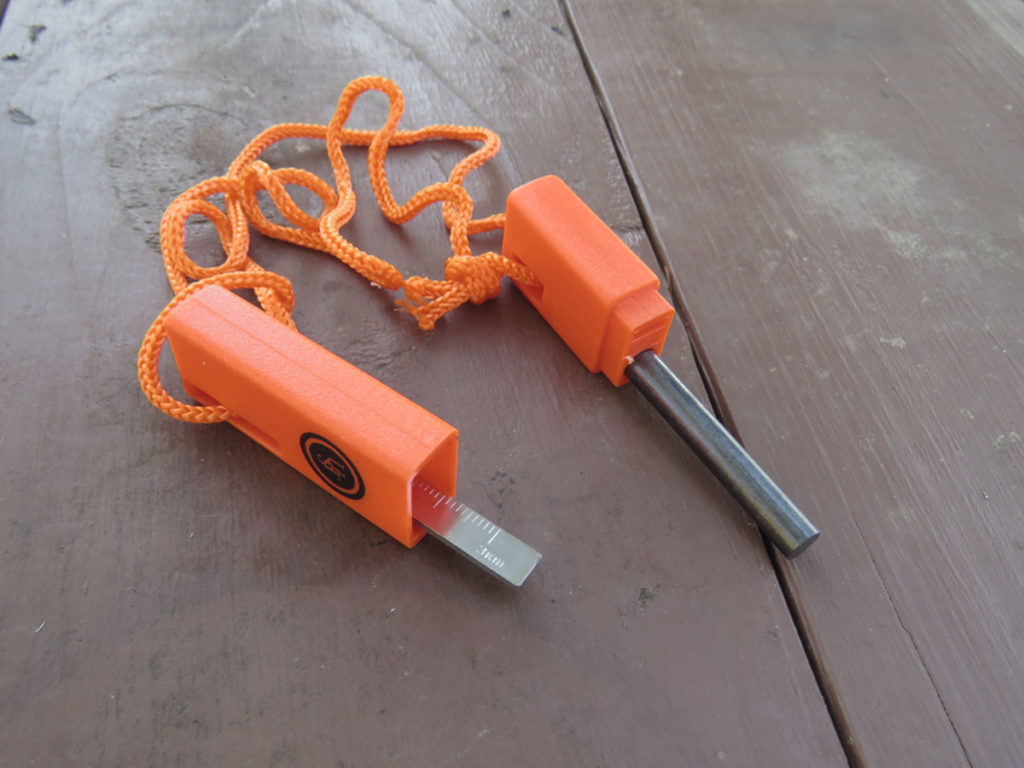
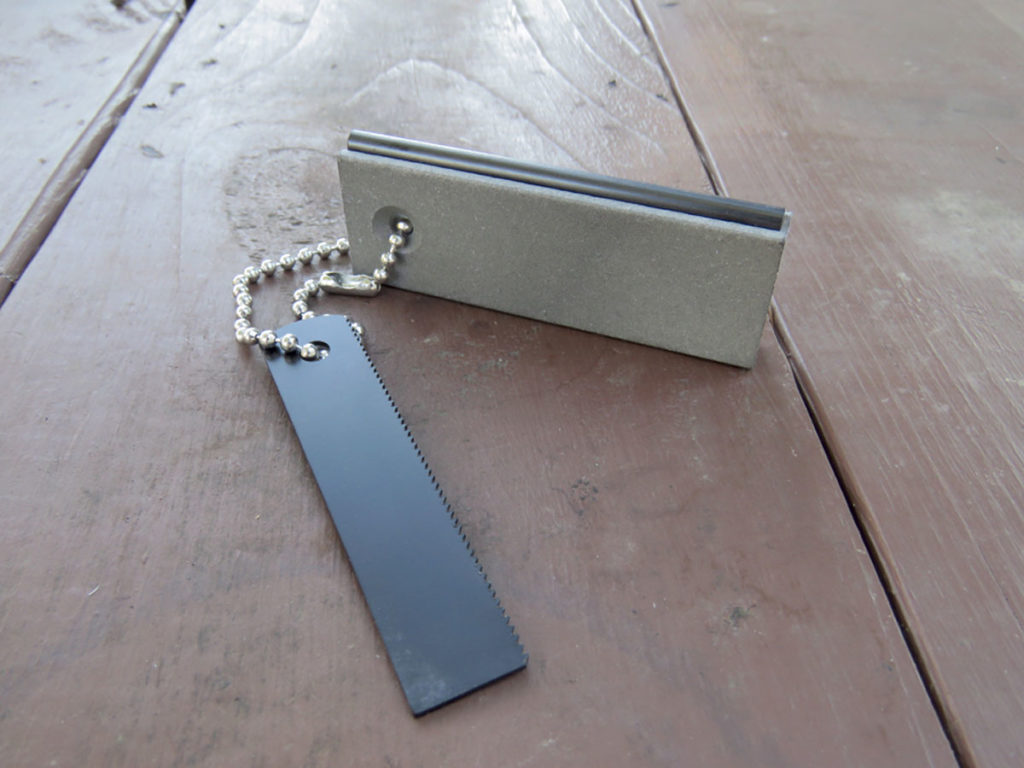
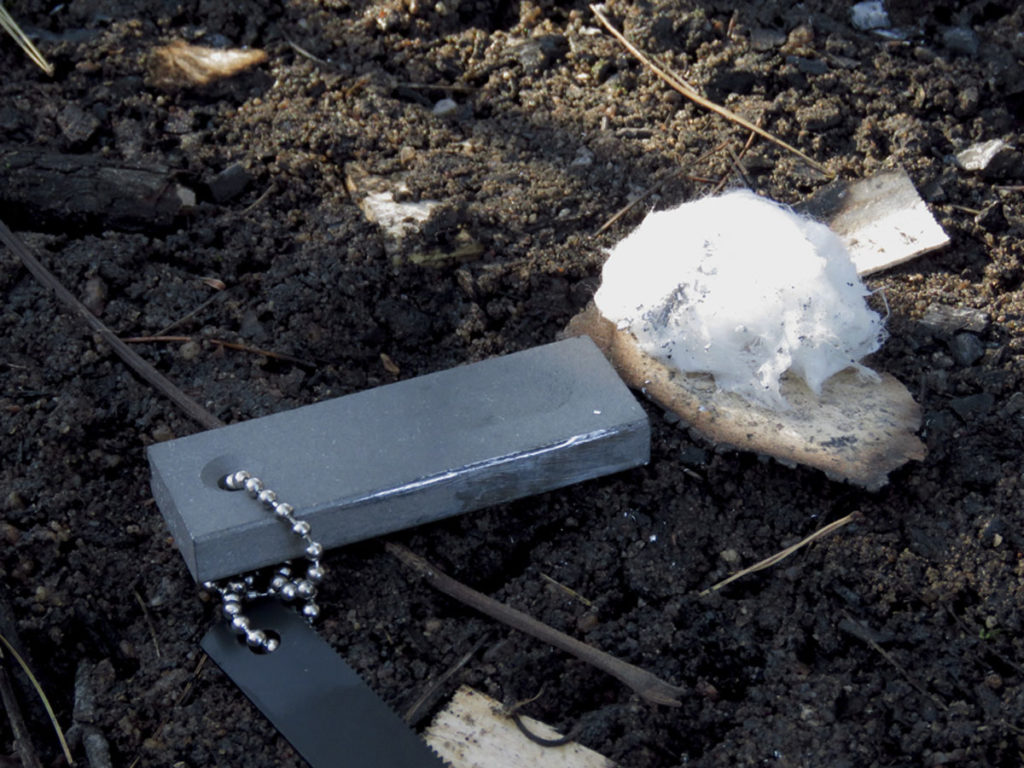
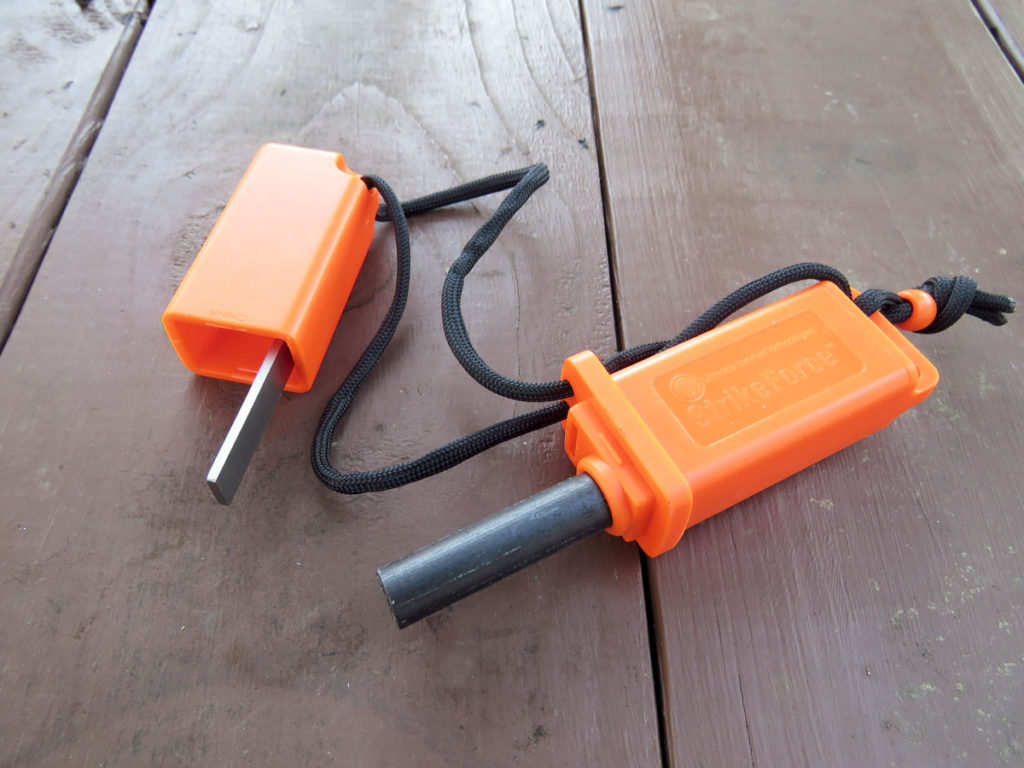
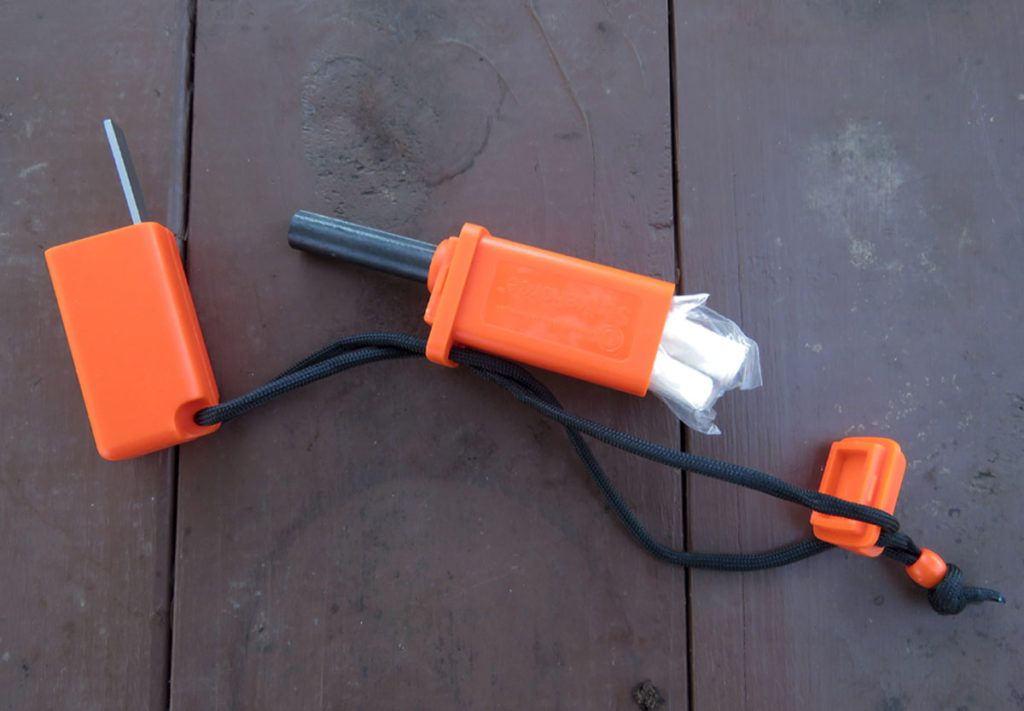
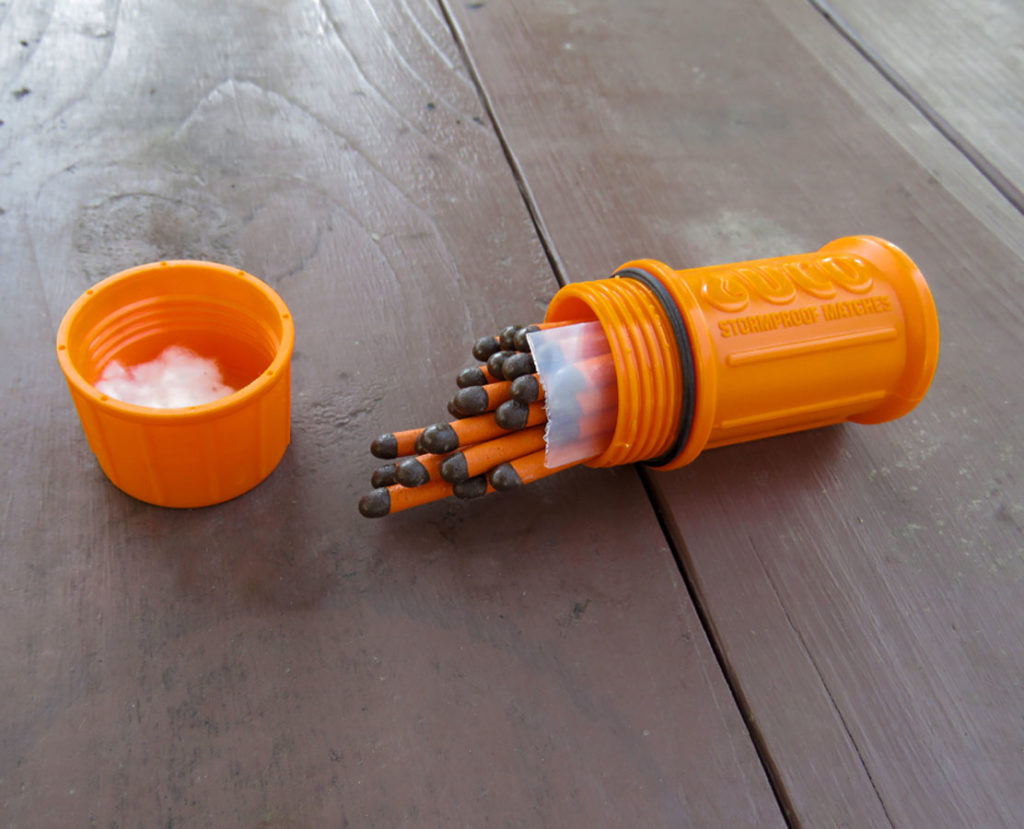





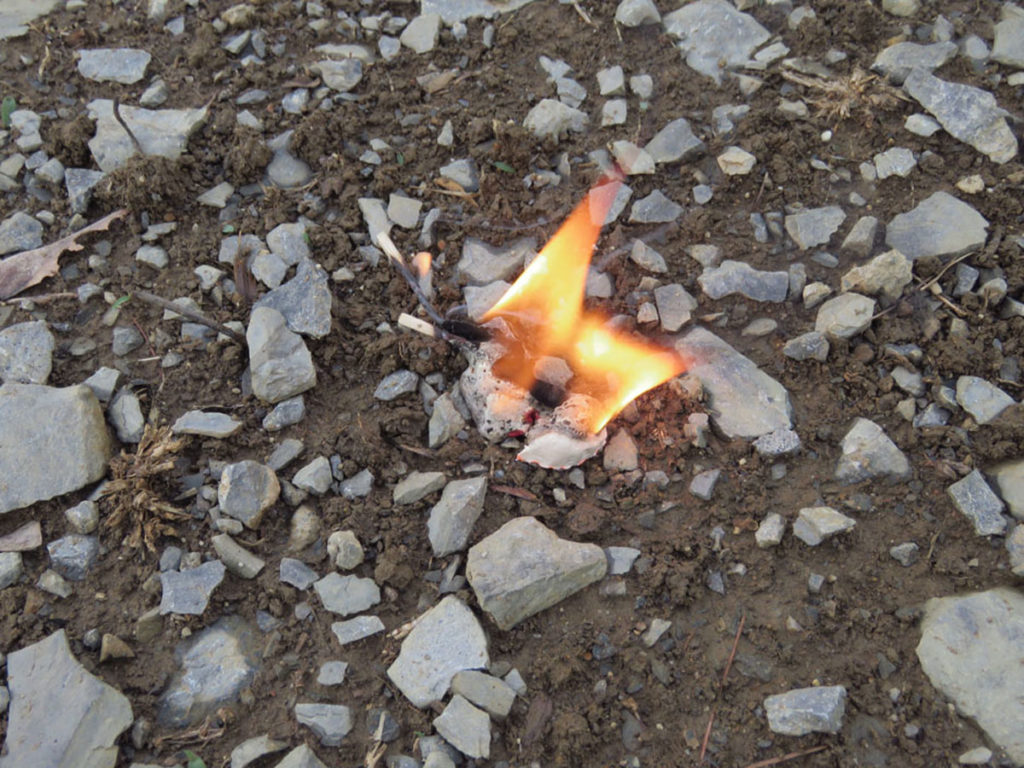
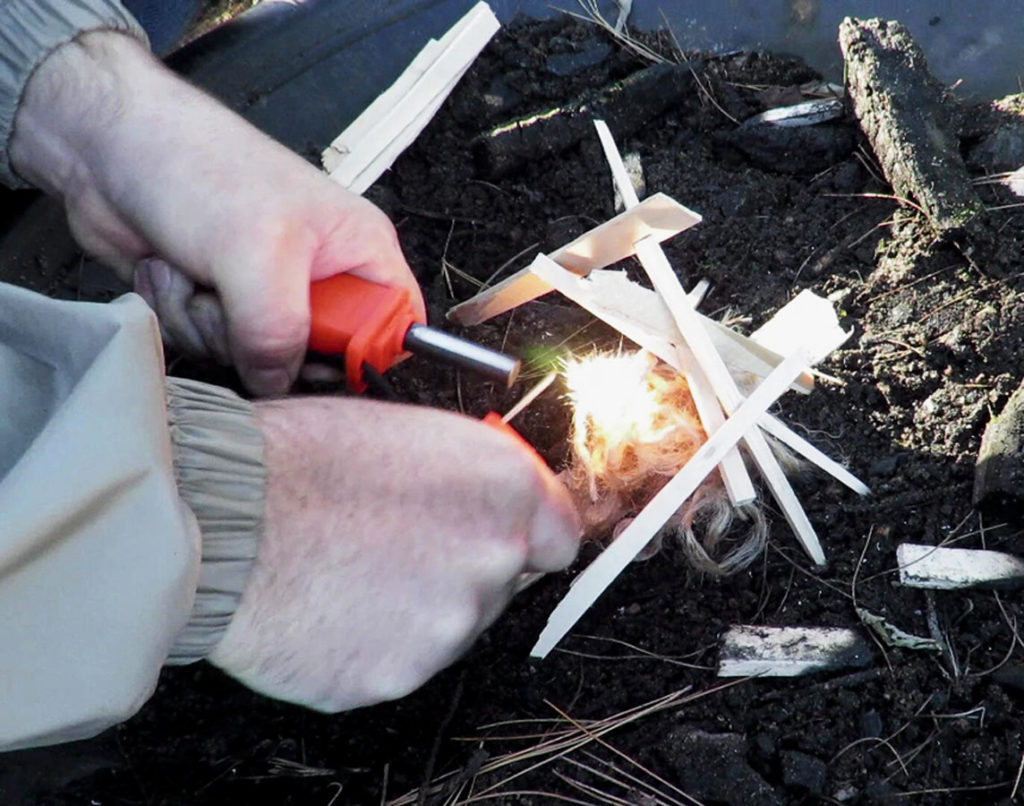
This test isn’t complete. You didn’t compare any of them or test the Blast Match. The damn thing ignites steel wool in seconds!
Using a striker can feel all wild man like, but the matches or a couple of 49 cent bic lighters, would seem to be the smart play.
I always carry a few of those alcohol prep pads as an extra option.
While a good plan is indeed good, alcohol burns at a very low temp, and even worse at altitude, Alcohol is almost worthless to ignite wet wood.
A better idea are the new chemical firestarters, they burn at very high temps, I have used them at 10,000 feet on wet pine and was very impressed at how fast I could get a wet wood fire going.
Me? I always carry a bic lighter.
Don’t count on your Bic in cold weather, north in the Brooks range, if we didn’t have the matches in the MRE’s we carried, we may not have been able to light our lanterns and stove for two weeks. The liquid in the lighter needs to be warmed to work as that makes the pressure, it was just a lot easier to use the matches than holding the lighter in your arm pit and then pulling it out and trying to use it at 10 degrees or lower.
Thanks for the evaluation and write up. I keep a couple of fire-starters with me when out and about because getting wet and cold is just not fun as I am getting older. I’ll make sure to pick up the Strikeforce when I need to replenish my gear.
Thanks for putting in the effort to test these and publishing your findings. Very interesting!
Very good review. I will have to try those matches.
Instead of cotton balls and vaseline, which are very messy, use a chapstick and makeup pads. You can swipe the chapstick into the makeup pad and not get crap all over your fingers. It is not messy when stored either. Just my two cents.
In emergency with a vehicle battery – a jumper cable or 2wires hooked up will easily light a combustible fuel like gas on somewhat damp to wet tinder…
Also a cell phone battery or 9volt can do the same tho less times…
Nice article thank you for testing the products and showing photo results!!!!!
Articles like this really help.
When I was in Ranger School (3-73)during the Florida phase, we experienced an unusually bad winter rain storm that turned from freezing rain to six inches of snow on the ground. When we arrived in our patrol base at zero dark thirty, everyone was wet, cold and exhausted. To ward of hypothermia, our Ranger instructor pulled out a miniature fire starter flare to ignite the mostly damp tinder and save his students from a disaster that could of resulted in casualties and and compromised mission.
That being said, I “always” carry a few of these in my buyout bag.